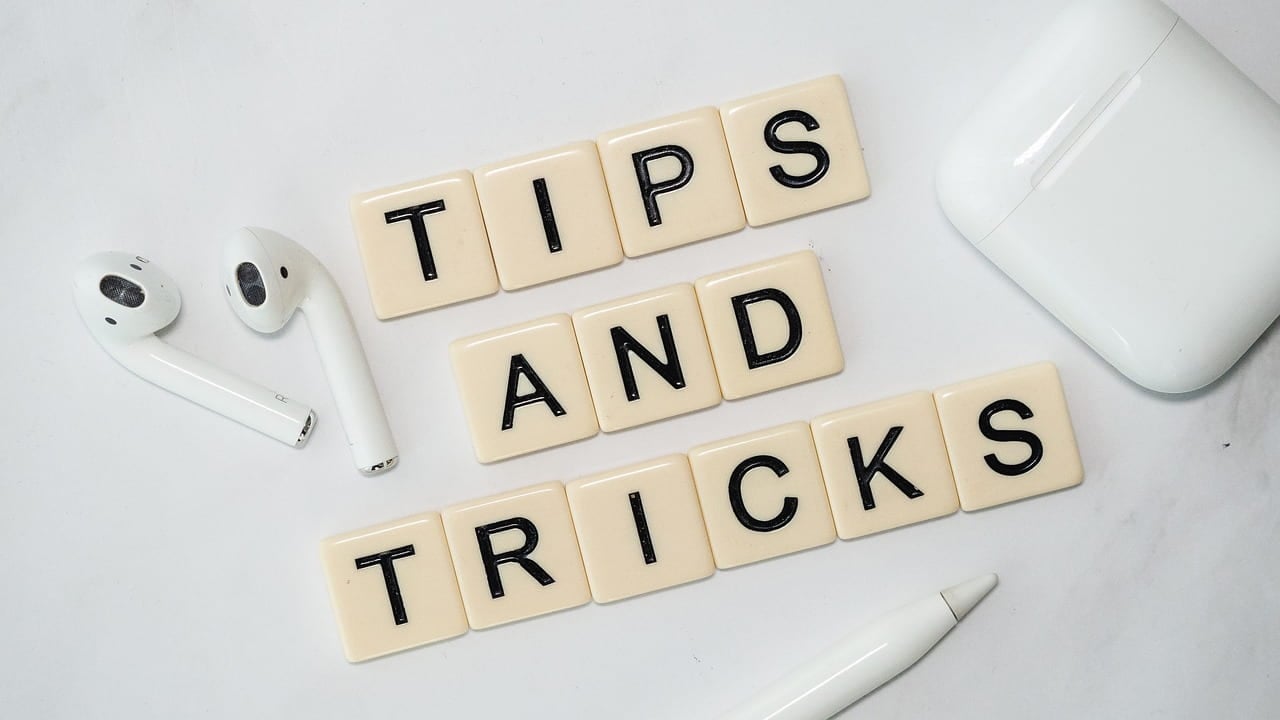Indoor plant foods or supplements are a great way to make sure your indoor plant gets everything it needs to grow and look its best. Indoor plants are the perfect low-maintenance species to help control your indoor plant pest...
Indoor plant foods or supplements are a great way to make sure your indoor plant gets everything it needs to grow and look its best. Indoor plants are the perfect low-maintenance species to help control your indoor plant pest problem. Indoor plants are a great way to recycle valuable household chemicals, without loading your home with toxic wastes. Many indoor plant foods help feed indoor plants the nutrients they require to thrive.
Finding the Best Fertilizer
The best indoor plant fertilizer would contain a balanced combination of nutrients to make sure indoor plant roots have healthy, thick leaves, vibrant foliage, and vibrant flowers. Fertilizer for indoor plant, granules, or tablets can be either slow-release or liquid. Slow-release granules release fertilizer slowly over two months, whereas liquid fertilizers immediately provide a concentrated nutrient source. Potassium nitrate is often used as a liquid indoor plant fertilizer. Potassium nitrate is available in powder form or a slow-release pellet.
Whether you choose to feed your plants through a liquid, granular, or tablet, you need to give them a certain amount of nutrition each day. It is best to combine these supplies according to the type of plant you have. Consult a leaf care book or grower�s manual if unsure about the correct amounts for your specific type of plant. Never give more than the recommended amounts for the amounts listed in any publications.
Slow-Release
Slow-release pellets and tablets are recommended for indoor plant pests that don�t grow very fast. You should give your indoor plant a slow-release fertilizer once a week, from the late winter to early spring. For most houseplants, this is a good, consistent dose. Make sure to follow the package directions carefully, especially for slow growth houseplants. Some houseplants may be sensitive to slow growth fertilization.
If your houseplant does not have slow growth tendencies, you can increase its nitrogen and phosphorus content by adding a slow-release granule or a liquid fertilizer. Don�t mix a granule or liquid fertilizer with a slow-release powder or tablet. Mixing these materials could result in uneven distribution of nutrients throughout your soil. Both slow-release and liquid fertilizers contain different nutrients, so mixing them will result in poor plant growth. Always follow the package directions carefully when mixing any indoor plant fertilizer.

Proper Plant Nutrition
To ensure proper plant nutrition, use a premium indoor plant food spike or liquid fertilizer when necessary. For many indoor plant foods, a premium indoor plant food spike contains a variety of micronutrients including copper, sulphur, magnesium, chromium, manganese, iron, and zinc. A quality indoor plant food spike should be free of gluten, corn, glucomannan, and other common contaminants. Your indoor plant food spikes should also be free of sulphates, nitrates, and nitrites.
Some indoor plant foods are available in both powder and pill versions. You should choose a version that offers a high-quality formulation for your plantings. If possible, choose a powder-based formulation that contains micronutrients that provide consistent, high-quality feeding. Micronutrients play an important role in promoting strong roots and strong blooms. They are especially important if you have selected plants that are very sensitive to change in nutrient levels, such as some annuals.
Indoor Plant Nutrients
Indoor plant nutrients are an important part of any indoor plant care regimen. Plants need a steady supply of these nutrients to thrive. Make certain that you choose a quality indoor plant fertilizer. If you make the right choices, they can enhance the overall beauty and colour of your plants and garden. And remember to follow the directions on the container to ensure proper feeding and fertilization.
Features
For those indoor plant growers who are new to the hobby, there are a few key features to look for before buying an indoor plant fertilizer. The first is how quickly your fertilizer will absorb into the soil. The fastest absorbent should be one that combines nitrogen and phosphorous to meet your indoor plant�s nutrition demands. You also want a fast release formula that will not clog up in the root system or with traffic.
Another key feature to look for is how fast you will see results from your fertilizer. Some fertilizers may take several weeks to start showing benefits, while others can start working right away. Your indoor plant fertilizer should release nutrients more slowly so that the roots have time to build up nutrients. The fastest release fertilizers tend to be the n-pk free fertilizers but make sure to check the manufacturer�s information for the n-pk and nitrate content.
Two months later, you must give your indoor plant a second shot to see if you need to change your fertilizers. If you�re trying to mimic a full growing season, then it�s also important to fertilize indoor plants every two months, but no sooner than that. It�s better to fertilize indoor plants every three months, but it�s not necessary to fertilize indoor plants every two months. Instead of fertilizing every two months, it�s better to fertilize your plants every six months, then every four months, then every six months, then two months and then again. This cycle should provide ample time for your plants to recover and grow strong.






